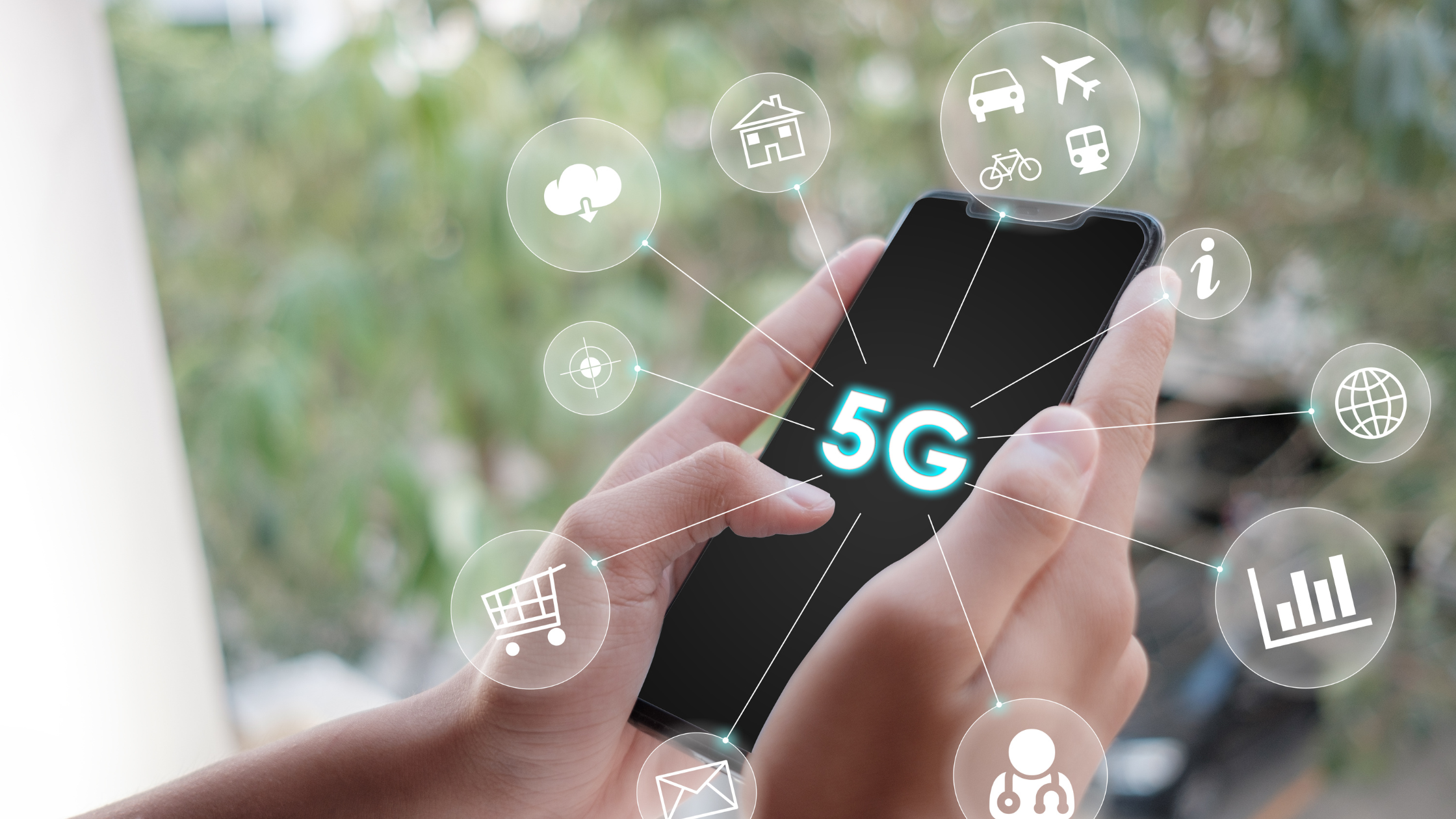As the world races towards decarbonization and a sustainable energy future, the convergence of two transformative technologies—5G and renewable energy—is poised to revolutionise the way we generate, distribute, and consume electricity. The fifth generation of wireless technology, 5G, with its unprecedented speed, low latency, and massive connectivity, is not just about faster downloads and smoother video calls; it’s a catalyst for creating smarter, more efficient, and more resilient energy systems. In this blog, we’ll look into the fascinating relationship between 5G and renewable energy and explore how they can accelerate our transition to a cleaner, more efficient, and resilient energy landscape.
Understanding the Synergy
At its core, 5G is an enabler of the Internet of Things (IoT), allowing billions of devices to communicate seamlessly. This capability is a game-changer for renewable energy, where a vast network of sensors, smart metres, and control systems can work together to optimise energy production, distribution, and consumption.
Smart grids are the foundation of a modernised energy infrastructure. They leverage digital technology to monitor and control the flow of electricity in real-time, responding dynamically to changes in supply and demand. 5G’s high-speed, low-latency communication is essential for enabling the real-time data exchange that underpins smart grids.
Here’s how 5G is transforming smart grids and renewable energy utilisation:
- Real-Time Monitoring and Control: 5G allows for the instant collection and analysis of data from renewable energy sources like solar panels and wind turbines. This data can be used to optimise energy production by adjusting the angle of solar panels or the speed of wind turbines in response to weather conditions.
- Predictive Maintenance: 5G-connected sensors can monitor the health of renewable energy equipment, predicting failures before they occur. This proactive approach minimises downtime and reduces maintenance costs.
- Demand Response: 5G enables smart grids to communicate with appliances and devices in homes and businesses, adjusting their energy consumption in response to real-time grid conditions. This can help to balance supply and demand, reduce peak loads, and prevent blackouts.
- Energy Trading and Microgrids: 5G facilitates peer-to-peer energy trading, where individuals and businesses with excess renewable energy can sell it to others in their community. This fosters the development of microgrids, localised energy systems that can operate independently of the main grid, increasing resilience and reducing transmission losses.
- Electric Vehicle Integration: As electric vehicles (EVs) become more prevalent, 5G will play a crucial role in managing their charging. Smart grids can leverage 5G to optimise EV charging schedules, ensuring that they charge during off-peak hours and even feed energy back into the grid when needed (vehicle-to-grid, or V2G).
5G offers additional benefits for renewable energy. Its ability to quickly detect and respond to grid disturbances enhances grid resilience, helping prevent widespread outages and accelerating recovery after extreme weather events. By optimising energy flows and managing demand, 5G can significantly reduce energy waste throughout the system.
According to Erricsson, “cellular communication is an important enabler to support new power grid architectures and operational models. Power grid protection and remote control can be implemented using cellular technologies, which requires 5G in order to handle demanding use cases such as automated protection.” [1] Furthermore, 5G-enabled smart grids can accommodate a higher proportion of variable renewable energy sources like solar and wind, making it easier to achieve ambitious renewable energy targets.
Challenges and Considerations
While the potential of 5G and renewable energy is immense, there are challenges to address. Upgrading existing energy infrastructure to be 5G-compatible requires significant investment. This includes not only the physical installation of new hardware but also the integration of advanced software systems, which can be costly and time-consuming. A research paper submitted to Frontiers, “demonstrates that for the effective management of energy demand-side response with a high share of renewables, certain forms of government funding and incentives might be needed. These are required to strengthen the support of RES and help to shift to the green economy.” [2]
Additionally, as energy systems become more interconnected, ensuring their security against cyber threats becomes paramount. The increased connectivity opens up new vulnerabilities, requiring robust cybersecurity measures to protect against potential attacks that could disrupt energy supply or compromise sensitive data. Moreover, the vast amounts of data generated by smart grids raise concerns about privacy and data ownership. Ensuring that this data is managed responsibly and transparently, with clear guidelines on who owns the data and how it can be used, is crucial to maintaining public trust and compliance with regulatory standards.
Conclusion
The integration of 5G and renewable energy is still in its early stages, but the potential for a cleaner, more efficient, and more resilient energy future is clear. Governments, utilities, and technology companies are already investing heavily in this area, and we can expect to see rapid advancements in the coming years.
The synergy between 5G and renewable energy is not just about technological innovation; it’s about creating a more sustainable and equitable energy system for all. As we move towards a future powered by clean energy, 5G will play a pivotal role in ensuring that this transition is smooth, efficient, and beneficial for everyone.
[1] https://www.ericsson.com/en/reports-and-papers/industrylab/reports/bringing-5g-to-power [2] https://www.frontiersin.org/journals/energy-research/articles/10.3389/fenrg.2021.714803/full









